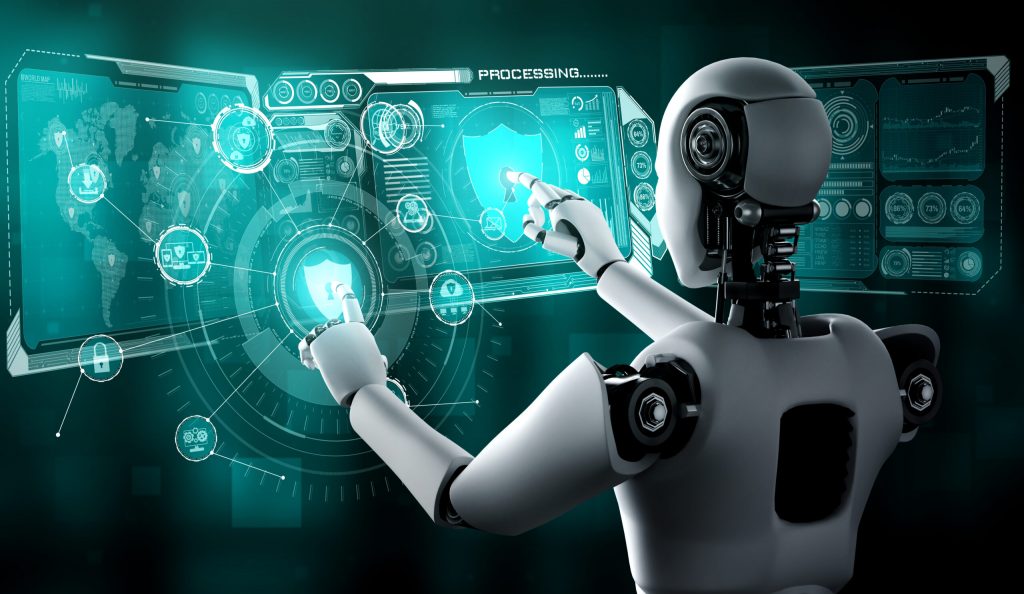Artificial Intelligence is no longer the future—it’s the present. From chatbots and automated product descriptions to full-length articles and videos, AI is rapidly transforming how content is created, consumed, and distributed. But where is this technology really heading—and what does it mean for academics, students, content creators, marketers, and brands?
In this blog, we explore the future of content creation with AI, cutting through the hype to examine the opportunities, challenges, and evolving role of the human creator.
1. From Automation to Augmentation
The early promise of AI in content creation focused on automation: saving time on repetitive tasks like tagging images, generating metadata, or writing basic summaries.
Now, we’re moving into augmentation—where AI acts more like a creative collaborator than a replacement. Think:
Brainstorming blog titles or campaign slogans
Generating article outlines
Drafting content in a specific brand voice
Rewriting for different reading levels or audiences
The future isn’t AI replacing writers—it’s AI enhancing what writers can do.
2. Hyper-Personalized Content at Scale
AI makes it possible to create personalized content for individual users, segments, or moments in the customer journey—at scale.
Imagine:
Emails rewritten in real-time to match a user’s tone preference
Product recommendations paired with AI-generated descriptions based on past behavior
Custom landing pages built dynamically based on demographic data
This level of personalization was unthinkable a decade ago. Today, it’s becoming a competitive edge.
3. Multimodal Creation: Text, Image, Video, and Beyond
AI isn’t just about text anymore. Tools like OpenAI’s Sora (for video), DALL·E (for images), and ElevenLabs (for voice) are making multimodal content creation faster and more accessible.
Soon, creators will:
Write a blog post and automatically generate matching visuals and voiceovers
Repurpose articles into scripts for video content
Generate interactive explainers with text, animation, and narration—all AI-assisted
The result? Richer content ecosystems from a single source of truth.
4. Real-Time Content Optimization
AI tools are evolving to optimize content in real time, predicting what will perform well based on data inputs like audience behavior, SEO trends, and social signals.
Expect to see:
Headlines auto-adjusted for click-through-rates (CTR)
Blog intros rewritten for retention
Web copy changing dynamically based on user behavior
This isn’t just about efficiency—it’s about adaptive storytelling powered by insight.
5. Ethical and Creative Challenges Ahead
As AI becomes more powerful, it raises tough questions:
Who owns AI-generated content?
How do we preserve originality and human voice?
How do we prevent misinformation or bias in AI output?
Regulations are emerging, but the creative industry must lead the way in developing ethical standards and transparency practices. The future of AI content is as much a philosophical discussion as a technological one.
6. The Rise of the AI-Enhanced Creator
The most successful content professionals won’t be replaced—they’ll be AI-literate. They’ll understand:
How to prompt AI effectively
When to collaborate and when to take the lead
How to edit and humanize AI output
How to maintain brand voice and authenticity
Writers, marketers, and designers who embrace AI as a tool—not a threat—will lead the next creative revolution.
7. New Roles, New Teams, New Workflows
AI is reshaping content teams and workflows. We’re seeing the emergence of:
AI Content Strategists: Designing content flows with AI in the loop
Prompt Engineers: Specializing in crafting powerful AI instructions
Human-in-the-Loop Editors: Ensuring quality, accuracy, and brand fit
Multimodal Creators: Using AI to produce content across formats
These roles blend creative thinking with technical fluency—marking the next evolution of content work.
8. Creativity, Reinvented—not Replaced
Critics fear AI will lead to a flood of generic, soulless content. But used wisely, AI can free creators from the grunt work, leaving more time and mental space for deep creativity, storytelling, and strategy.
Think of it as moving from assembly line worker to creative director. The tools are evolving—so must the mindset.
In Summary
The future of content creation with AI is not a dystopia of robot writers, nor a utopia of effortless creativity. It’s a dynamic, evolving frontier where humans and machines collaborate to create richer, faster, and more personalized content than ever before.
The key is to approach AI with curiosity, strategy, and responsibility.
Because in this new creative era, it’s not AI versus humans—it’s AI with humans.
